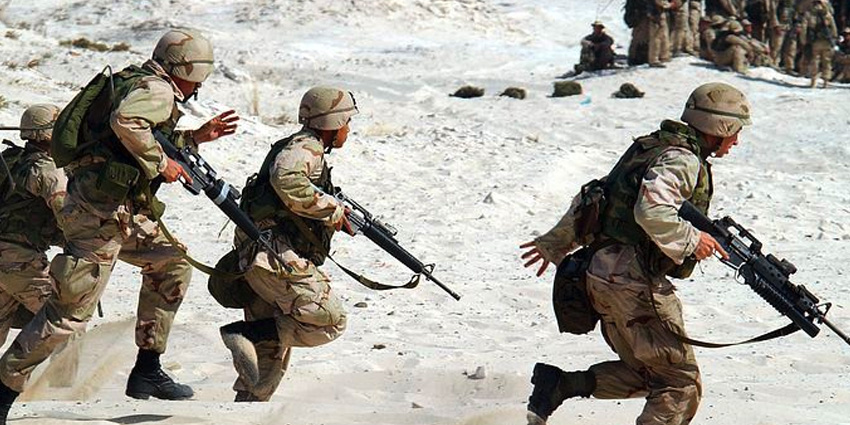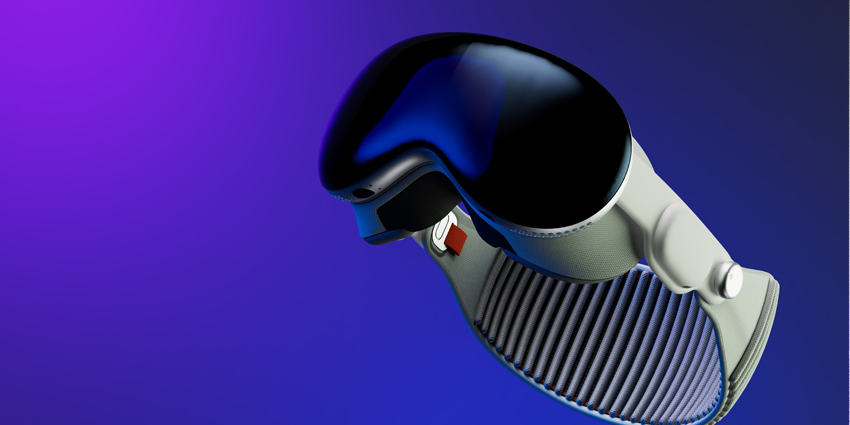The military sector is often at the forefront of the technology landscape. When it comes to defence and the armed forces, the government is happy to invest in new growth opportunities. This includes exploring the benefits of the augmented reality military.
Even before Snapchat and Facebook started releasing filters for your pictures, and AR apps were everywhere, national armies were already implementing their own versions to train and guide their troops. As warfare continues to evolve, the defence sector needs to continue its investment in new technology all the time. Here are some insights into the impact that AR is having on modern warfare.
Transforming the Armed Forces
One of the most obvious examples of the benefits of AR for military action comes from Tactical AR. This refers to the heads-up displays (HUDs) troops use in their headsets to receive information about their surroundings. Devices like Elbit System’s X-Sight fighter jet helmet can superimpose crucial information to improve situational awareness.
The US Army has also launched a joint project with Microsoft for its Integrated Visual Augmentation System (IVAS) headsets. These devices provide soldiers with location, line of sight, waypoint, and other key information in their HUDs.
XR Combat Training
Elsewhere, virtual and augmented reality (VR/AR) tools are unveiling training opportunities for new recruits. Imagining a warfare scenario is nothing like being in actual combat. AR and VR offer a way for those who are preparing for the stress of the battle zone to really get ready for the experience.
Synthetic training environments help soldiers to build their training experiences in a more immersive way, placing them in more mentally stimulating environments without putting them at risk.
Companies like Red 6 have trialled their AR-powered dogfight simulator, allowing fighter pilots to fight simulated combatants on-demand while conserving ammo.
The right AR and VR technology can also work alongside sensors and artificial intelligence (AI) to monitor and evaluate squad team performance, wellness, and more.
Many companies have opened combat simulation toolkits for army and marine personnel. Optimus Systems recently launched its DEIMOS training kit for nearly unlimited battleground scenarios. Conversely, ITVS and Survivr worked jointly on survival and situational awareness trainers for soldiers.
What Will the AR Military Look Like?
Already, the potential of AR technology for military use is impressive, offering new ways for fighters to train and enhance situational awareness in dangerous environments.
However, going forward, companies are looking into ways to make the AR experience even more incredible. AR systems using cameras on military vehicles could potentially give people a full 360-degree view of their surroundings while in battle.
AR headsets could help marksmen to get the perfect shot when under difficult circumstances, or assist troops in finding the safest route back to base after crossing enemy lines. It could also make it easier for military personnel to carry out dangerous missions from a distance.
For example, the US Special Operations Command (USSOCOM) approved the purchase of Eolian AR tactical headsets for its special forces. This will empower soldiers with a more diversified cache of headsets in different combat situations.
Using an AR headset, an expert could pilot a drone into enemy territory and collect valuable information through video recordings to share with the team.
Through the right combination of new realities and technology, it may become easier for military groups to avoid sending individuals into potentially life-threatening situations.
Even off the front lines, when it comes to building things like tanks and aircraft, AR could help engineers make faster decisions and produce key inventory much faster.
The AR Military Will Transform Warfare
Augmented Reality has the power to transform the way that people approach warfare. With the right technology, users can gain more operational and situational awareness and better judge their situations.
AR can lead to better combat training experiences that are less costly and more immersive, ensuring that troops are more prepared for real-life scenarios. It could even help build more effective aeroplanes, tanks, trunks, and weaponry — the possibilities are potentially endless.







